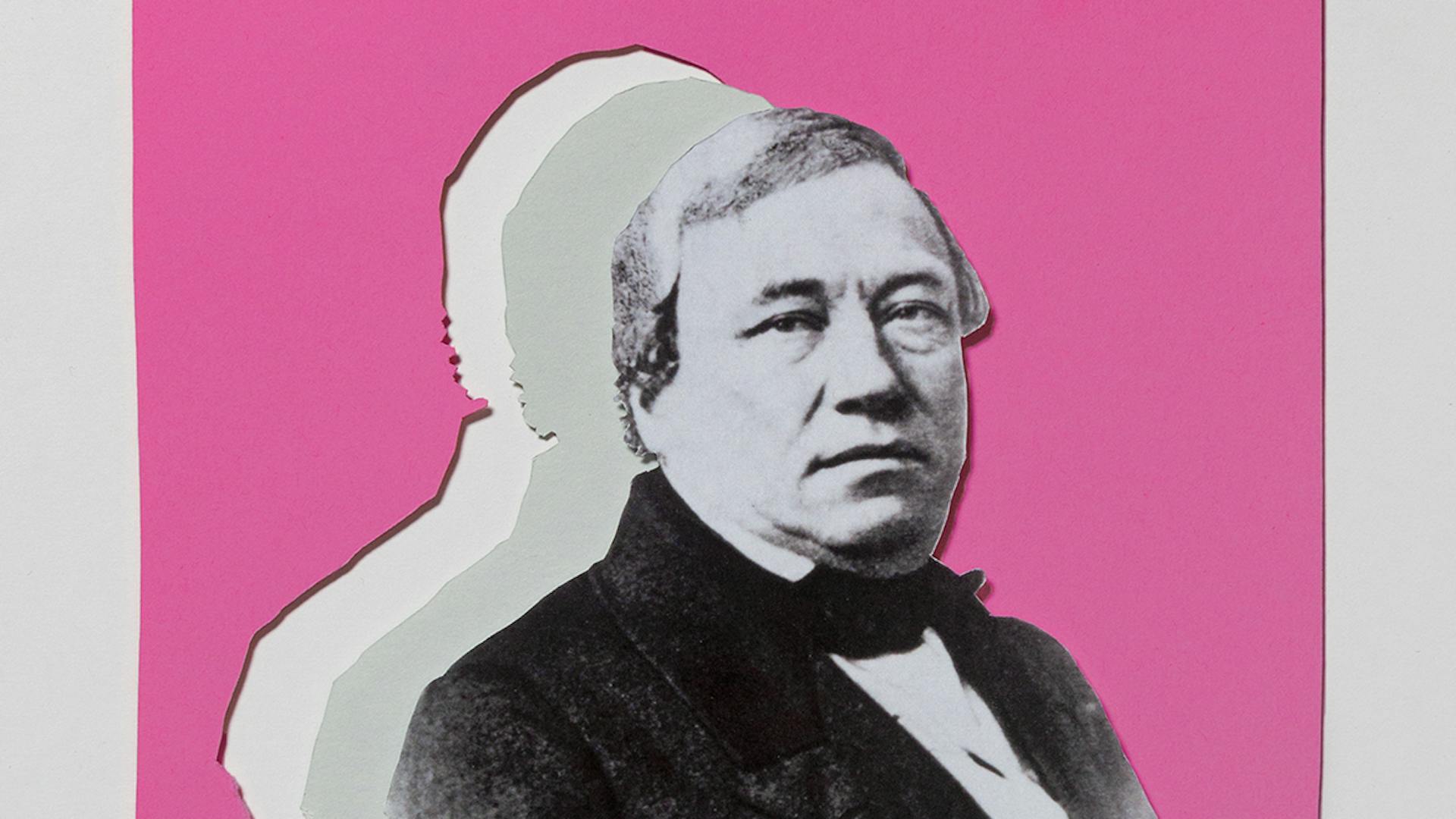
The mouth of the meadow, engraving by Matthäus Merian.
 目次
目次 In vino veritas
In vino veritas Theater of war
Theater of warPublished on 29/06/2021
If you want to learn more about Basel’s past, a walk with Roger-Jean Rebmann is a must. On his tours, Rebmann – or “Grabmacherjoggi” (gravedigger Jack), as they call him here – not only offers intriguing insights into Basel’s vibrant culture and heritage. He goes beyond staid encyclopedic details, revealing some of the city’s best-kept secrets that even most well-versed Basel enthusiasts are ignorant of.
As a tour guide, Rebmann entertains his guests with captivating stories about the city’s vigorous history, and he relishes in cladding himself in historical costumes to recreate the aesthetic feel of Basel’s pre-industrial times. Sometimes, he appears as a night guard holding a lantern in his hand. At other times, you can see him dressed up as a nobleman, a peasant, or even a pious bishop.
Eager to trace the pre-industrial history of Klybeck, we, too, decided to book Rebmann’s much-hyped city tour. We meet him at the Muensterplatz with its stately red cathedral, which is absolutely crammed with tourists on this pre-pandemic warm summer afternoon of 2017. Rebmann, just like us, is wearing jeans and a T-shirt, giving him a casual and inconspicuous look. As soon as he starts to speak, though, his voice immediately casts a spell over us. It feels as if we have been teleported to 15th century Basel – a time when the city used to be surrounded by fortified walls.
“Back then, the large square beneath the red cathedral formed the epicenter of public life: Festivals, tournaments and markets were organized here,” Rebmann tells us, referring to the square at the heart of the city. “It was a hustle-and-bustle place during the day. Nobles, clergy, peasants, workers, showmen – a motley crowd gathered here to trade, argue, have fun and, of course, pray.”
From the Muensterplatz, we slowly make our way down to the Rhine, before crossing the Mittlere Bruecke, Basel’s oldest bridge, which replaced the ramshackle wooden structure that had connected the two sides of the city.
We stroll past the somewhat exhausted-looking statue of Helvetia into the Kleinbasel quarter and walk along the river for a bit until we reach the barracks, which have long ceased to be active and are now a bastion of the city’s burgeoning alternative scene. Then, we leave the Rhine path, taking a sharp right turn to head to Klybeckstrasse.
Moated castle
After a while, we come across Hotel Basilisk and Basel Boxclub, where once a wall stood to keep outsiders at bay. “Outside the city walls, things were very quiet,” Rebmann. In the old days, the only building outside the city’s defense perimeter was a picturesque moated castle, which later came to be known as the Klybeckschloesschen.
We decide to stop for a breather at the side of the building located at Klybeckstrasse 248: “Right here, where you see an apartment block today, the Klybeck castle once stood for over 500 years. Presumed to have been built in 1402, it was demolished in the 20th century to make way for affordable housing. Today, besides old drawings and engravings, only the street name Schlossgasse bears witness to its existence,” Rebmann tells us in a voice vibrating with exhilaration.
“The modern district of Klybeck derives its name from the castle. The name ‘Klybeck’ comes from the Middle Ages, when the area was commonly referred to as ‘bei den Kluben’ or ‘in den Kluben.’ The word ‘Eck’’ (German for corner) was added much later in the 15th century. This was also when the castle was mentioned for the first time, called ‘Kluben-Eck’ – Klybeck.”











